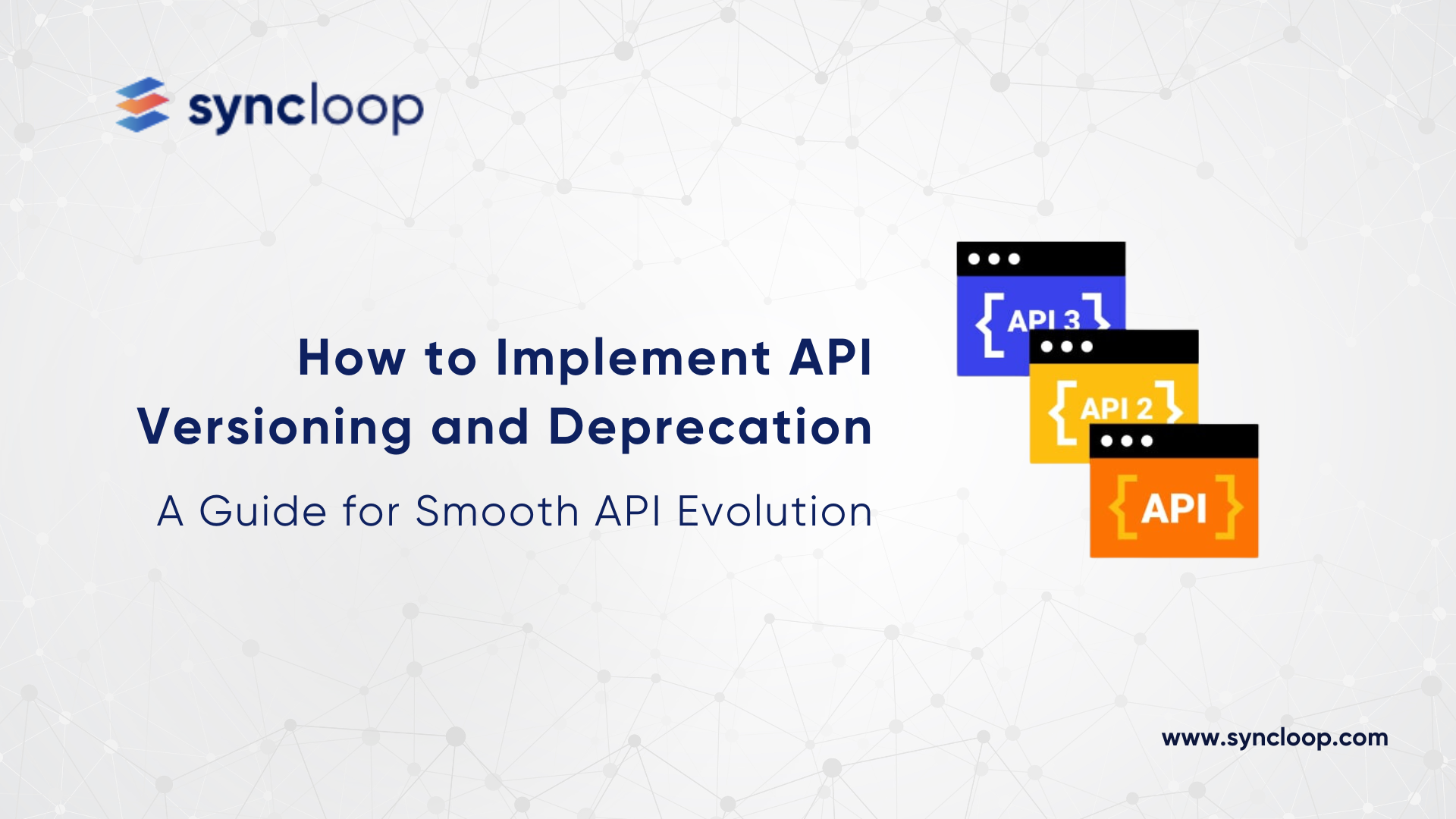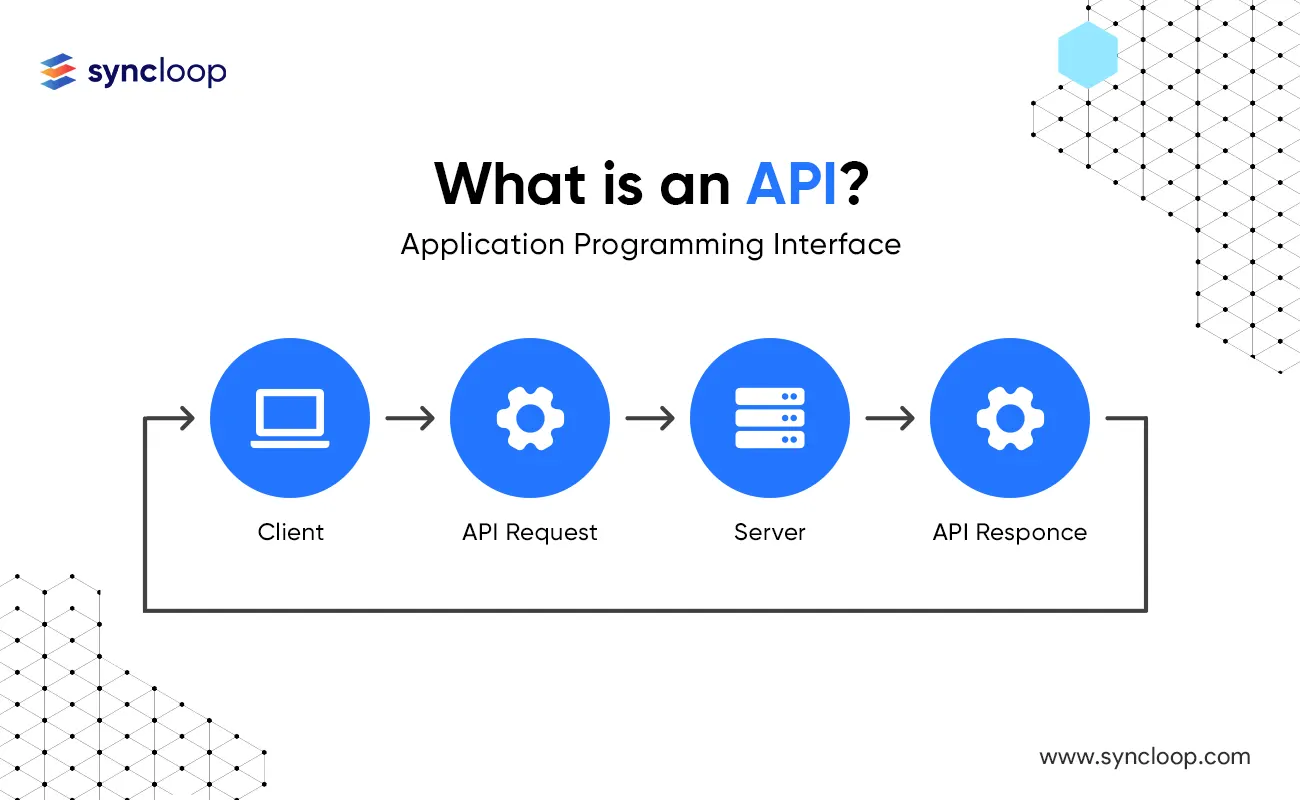How to Implement API Versioning and Deprecation: A Guide for Smooth API Evolution
Posted by: Deepak | April 22, 2024

Categories: API Workflows, API versioning, URL versioning
In today's API-driven world, maintaining a stable and evolving API is crucial. As your API matures and features change, implementing a well-defined versioning and deprecation strategy becomes essential. This blog delves into the world of API versioning and deprecation, exploring best practices, technical considerations, and industry use cases. We'll equip you with the knowledge to ensure a smooth and predictable evolution for your API, fostering trust and continued adoption by developers.
Understanding API Versioning: Keeping Up with Change
API versioning allows you to introduce new features or breaking changes to your API while maintaining backward compatibility for existing integrations. It provides a mechanism for developers to choose the API version that best suits their needs:
- Major Version Increments: Significant changes to the API structure or functionality warrant a major version bump (e.g., v1 to v2). Existing integrations might require code modifications to adapt to the new version.
- Minor Version Increments: Introduce new features or bug fixes without breaking existing functionality. Developers can typically continue using the previous minor version (e.g., v1.1 to v1.2) seamlessly.
A study by Postman revealed that over 60% of APIs implement some form of versioning. This highlights the importance of a well-defined strategy for managing API evolution.
Popular Versioning Strategies: Choosing the Right Approach
Here are some common API versioning strategies, each with its advantages and considerations:
- URL Versioning: Embed the version number directly within the API URL (e.g., /api/v1/users). Simple to understand but can lead to cluttered URLs.
- Header Versioning: Transmit the desired version in a request header (e.g., X-API-Version: v2). Offers cleaner URLs but requires additional header management.
- Accept Header Versioning: Specify the accepted version in the Accept header (e.g., Accept: application/json;version=v3). Similar to header versioning, but uses a standardized header.
- Content Negotiation: The server dynamically determines the appropriate version based on request headers or content type. Offers flexibility but can be more complex to implement.
The best versioning strategy depends on your specific API and development preferences. Consider factors like clarity, maintainability, and potential impact on existing integrations.
Deprecation: Graceful Retirement for Old Versions
Deprecation refers to the process of gradually phasing out an older API version. This allows developers ample time to migrate their applications to the newer, supported version:
- Announce Deprecation: Clearly communicate the deprecation timeline and recommended migration path to developers well in advance.
- Provide Migration Resources: Offer detailed documentation, code samples, and support channels to assist developers during the migration process.
- Grace Period: Set a reasonable grace period during which the deprecated version remains functional, allowing developers sufficient time to migrate.
- Sunset the Old Version: After the grace period, discontinue support for the deprecated version, including removing documentation and code samples.
Technical Considerations and Best Practices
Implementing versioning and deprecation effectively requires careful planning and execution:
- Versioning Consistency: Maintain consistency in your chosen versioning strategy across your entire API.
- Versioning Documentation: Clearly document your versioning scheme and deprecation policies for developers to easily understand supported versions and migration steps.
- Backward Compatibility: Strive for backward compatibility within minor version increments to minimize disruption for existing consumers.
- Version Retirement Strategy: Develop a clear plan for retiring old versions after a defined deprecation period, ensuring ongoing support for the latest and most secure versions.
- Version Control: Utilize version control systems (like Git) to track API changes and manage different versions effectively.
Latest Tools and Technologies for API Versioning
The API development landscape constantly evolves. Here are some of the latest tools and technologies that can aid your versioning and deprecation strategy:
- API Management Platforms: Platforms like Syncloop offer built-in versioning capabilities, simplifying version control, deployment, and deprecation management.
- API Gateway Tools: API gateways like AWS API Gateway and Azure API Management can route requests to specific API versions based on versioning strategy.
- Version Control Systems: Leveraging version control systems like Git allows you to track API changes associated with each version, facilitating rollbacks and version comparisons.
- CI/CD Pipelines: Integrate API versioning and deprecation management within your CI/CD pipelines to automate version deployment and deprecation processes.
Disadvantages and Considerations
While API versioning and deprecation offer numerous benefits, there are also some considerations to keep in mind:
- Increased Complexity: Managing multiple API versions can introduce additional complexity, especially for large and frequently changing APIs.
- Backward Compatibility Burden: Maintaining backward compatibility for older versions can limit your ability to introduce significant changes in newer versions.
- Communication Overhead: Effectively communicating versioning changes and deprecation timelines to developers requires ongoing effort.
Conclusion
API versioning and deprecation are essential strategies for managing the evolution of your API. By understanding different versioning schemes, implementing best practices for deprecation, and leveraging available tools, you can ensure a smooth and predictable API experience for developers. Remember, clear communication, a well-defined plan, and ongoing support are crucial for successful API versioning and deprecation. As APIs continue to be the backbone of modern applications, mastering these techniques will empower you to deliver a robust and adaptable API ecosystem.
Back to Blogs

